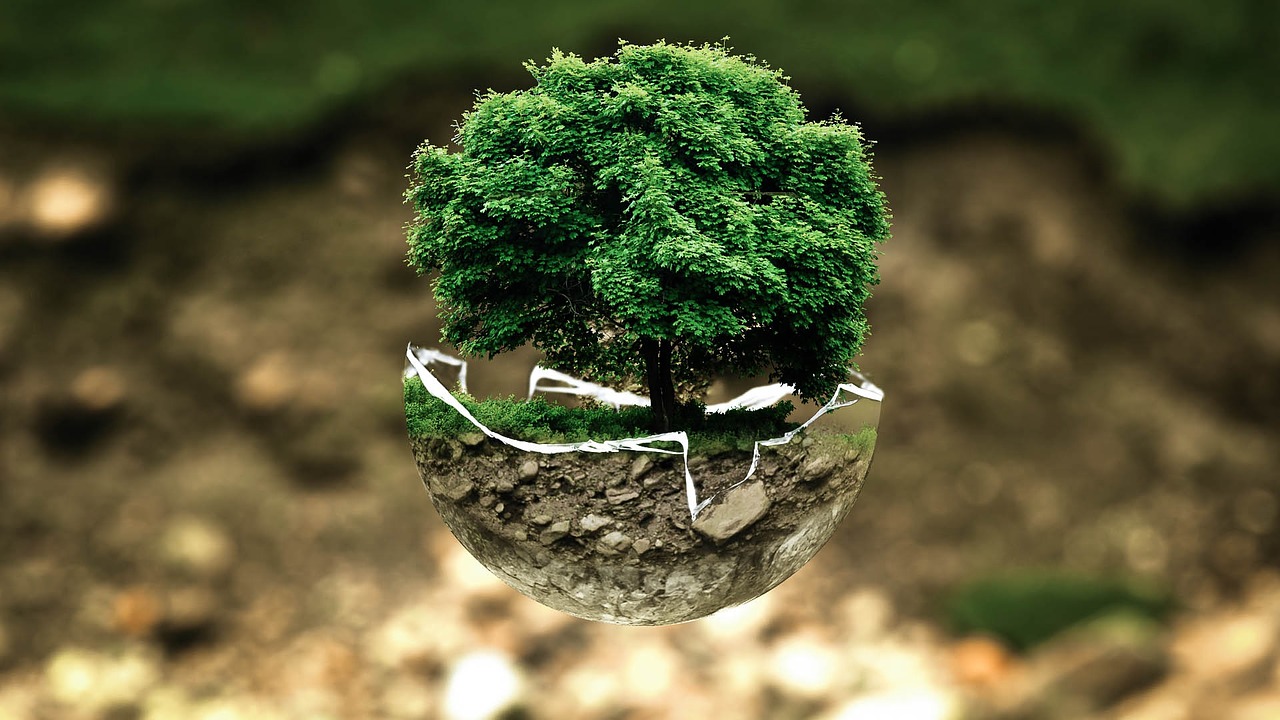
There’s Still Time To Fix The World’s Most Pressing Environmental Problems, But Not Much
Source:thinkprogress.org/

CREDIT: AP Photo/Rodrigo Abd
Deforestation of what was once pristine rainforest caused by illegal gold mining in La Pampa, in Peru’s Madre de Dios region.
Environmental degradation is happening faster than previously thought, but there is still time to avert many of the worst effects through better management, new energy sources, and sustainable consumption, a new United Nations report on the state of the world’s environment has found.
Most of the world is suffering from desertification, land and air degradation, and the effects of climate change as rapid urbanization, rising levels of consumption, and population growth intensifies, the report, released Thursday, states. While dire impacts are recorded in every corner of the world, there is time to address the worst effects, such as marine ecosystem damage and the world’s most widespread environmental health risk: increasing air pollution.
Released ahead of next week’s United Nations Environment Assembly in Kenya, the U.N. report calls for a drop in fossil fuel dependence, a diversification of energy sources, and an increase in sustainable consumption to reduce environmental pressures. That’s a timely suggestion, as the report comes as atmospheric carbon dioxide levels have reportedly reached nearly 410 parts per million. The world hasn’t seen this much CO2 in the atmosphere in at least 400,000 years, and as Inside Climate News reports, levels could stay over 400 ppm permanently.
Based on data and peer-reviewed literature, the report includes separate assessments of the environmental issues affecting the European region — to be released in June — as well as North America, Asia and the Pacific, West Asia, Latin America and the Caribbean, and Africa. Together, these assessments show a common theme: Humans are depleting resources while damaging the environment at the expense of their well-being.
North America and the Arctic

CREDIT: shutterstock
According to the report, water scarcity is of increasing concern in the North American and Arctic regions, and aggressive hydrocarbon extraction methods (i.e.fracking) bring the possibility of increased emissions, water use and induced seismicity. The coastal and marine environment is under increasing threat from nutrient loads, ocean acidification, ocean warming, sea level rise, and new forms of marine debris. What’s more, 140 million people are exposed to pollution above regulatory thresholds.
However, air quality, in particular, continues to improve in response to concerted policy action and favorable trends in technology and energy markets
Warming in the Arctic has increased at twice the global average since 1980, according to the report, which has helped cause a progressive and dramatic decrease in summer sea ice extent. A slowdown in winter sea ice growth has also been documented. The largest contributions to global glacier ice loss during the early 21st century were from glaciers in Alaska, the Canadian Arctic, and the periphery of the Greenland ice sheet, as well as in the Southern Andes and Asian mountains.
Asia and the Pacific

Thailand.
CREDIT: shutterstock
The same economic growth that has lifted millions out of poverty is putting heavy pressure on ecosystems, worsening air pollution, and causing water scarcity. All these threaten human health, the report notes. Countries are pursuing green growth through increased investments in renewable energy, but growing demand for land and resources risks undoing development gains. Climate change is also taking its toll, as the number of record-breaking rainfall events in Asia and the Pacific increased by 56 percent between 1981 and 2010.
In Southeast Asia, the average area deforested each year is more than 2.4 million acres, resulting in the release of hundreds of millions of tons of carbon dioxide every year, the report notes. Water sanitation is also an issue, as it is estimated that about 30 percent of the population uses drinking water contaminated by human feces.
Africa

Capetown, South Africa.
CREDIT: shutterstock
Environmental degradation, air pollution, and access to sanitation and safe drinking water are among the main problems on the continent, according to the report. Indoor air pollution from the burning of wood or other biofuels for cooking, lighting, and heating is particularly problematic. Indoor air pollution is responsible for 600,000 premature deaths every year in Africa.
Moreover, many of the region’s fisheries, both inland and marine, face overexploitation from illegal, underreported, or unregulated fishing. Over-cultivation, inefficient irrigation practices, overgrazing, the overexploitation of resources, uncontrolled mining activities, and climate change will further degrade land in Africa, the report notes. Poverty and lack of investment has accelerated environmental degradation in many regions because it prevents people from utilizing the continent’s natural resources in a sustainable manner.
“It is essential that we understand the pace of environmental change that is upon us and that we start to work with nature instead of against it to tackle the array of environmental threats that face us,” Achim Steiner, executive director of UNEP, said in a statement.
Latin America and the Caribbean

Smog in Mexico City.
CREDIT: shutterstock
The greenhouse gas emissions that are causing climate change are growing in Latin America and the Carribean as a result of urbanization, economic growth, energy consumption, and land use changes. Overall, air quality in cities has declined, emissions are growing, and water and other natural resources are under pressure. Meanwhile, agriculture is putting more methane, nitrous oxide — another potent greenhouse gas — and carbon dioxide into the environment. Nitrous oxide emissions increased by about 29 percent between 2000 and 2010, according to the report, while methane emissions increased by 19 percent.
Illegal mining is another significant environmental issue in many Latin American countries. For instance, in Madre de Dios, a major area of the Peruvian Amazon, alluvial gold mining has devastated more than 500 square kilometers of rainforest, or 193 square miles.
